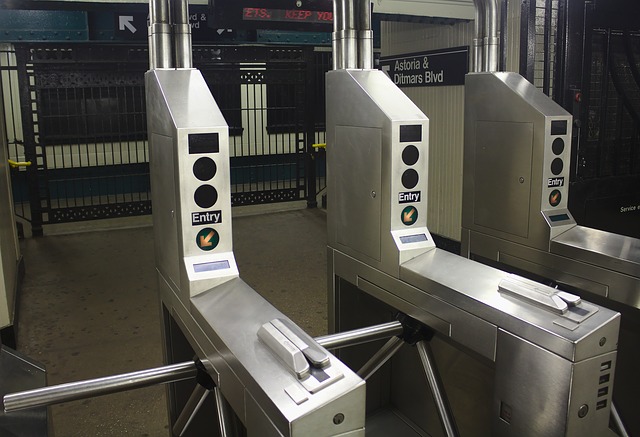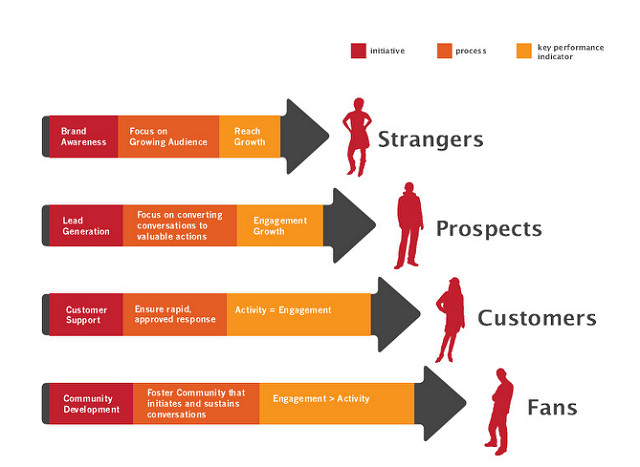Businesses are increasingly realizing the need for automation and software integration to manage their workloads. Workflow Management Systems are an essential part of this process. Emailtopia lists 7 features every workflow management software has.
1. Simple Steps For Business Outline
A workflow can be outlined in multiple ways. Usually, if you tell a layman to create a process flow, they will a simple linear arrow diagram, something like a flow chart. A workflow management software, gives you a simplistic linear view, while taking care of the complex stuff in the background
2. WYSIWYG Form Designer
When designing a form, it should be intuitively understandable so that the user knows exactly what to fill up. Workflow management software must come with simple form designers that also show how the data would be treated so that you can effectively flag and rectify problems.
3. Cloud Based Technology
Nowadays, everything is moving to cloud. Access from different platforms and devices via remote server storage is a must for any business data. Workflow management systems must be equipped to implement and handle clouds. It should automate synchronization to minimize hassles.
4. KPI Based Reports
The first time an automation is run, it is basically a lab test. The reality of efficiency may differ widely from practice. Thus, we need to identify problems and improve these sectors. To do this, KPI based report generation is imperative. It helps identify bottlenecks and solve the issues.
5. SLA Status Indicators

Once the automation process is started, you may need to keep an eye on how things are progressing. That is incredibly difficult without status indicators present in your software. Different colour coded SLA indicators can help keep track of the stages of each process and which needs intervention.
6. Notifications

A workflow management system should be able to notify you of any problem that crops up or area that needs your attention. However, you may not always be at your work station. Thus, it should be able to pan across multiple platforms to keep you updated.
7. Role-Based Access

Many workflows contain sensitive data that should not be viewed by all. By locking sectors according to roles and only letting employees access information they have a clearance for, the system makes data management much easier.




